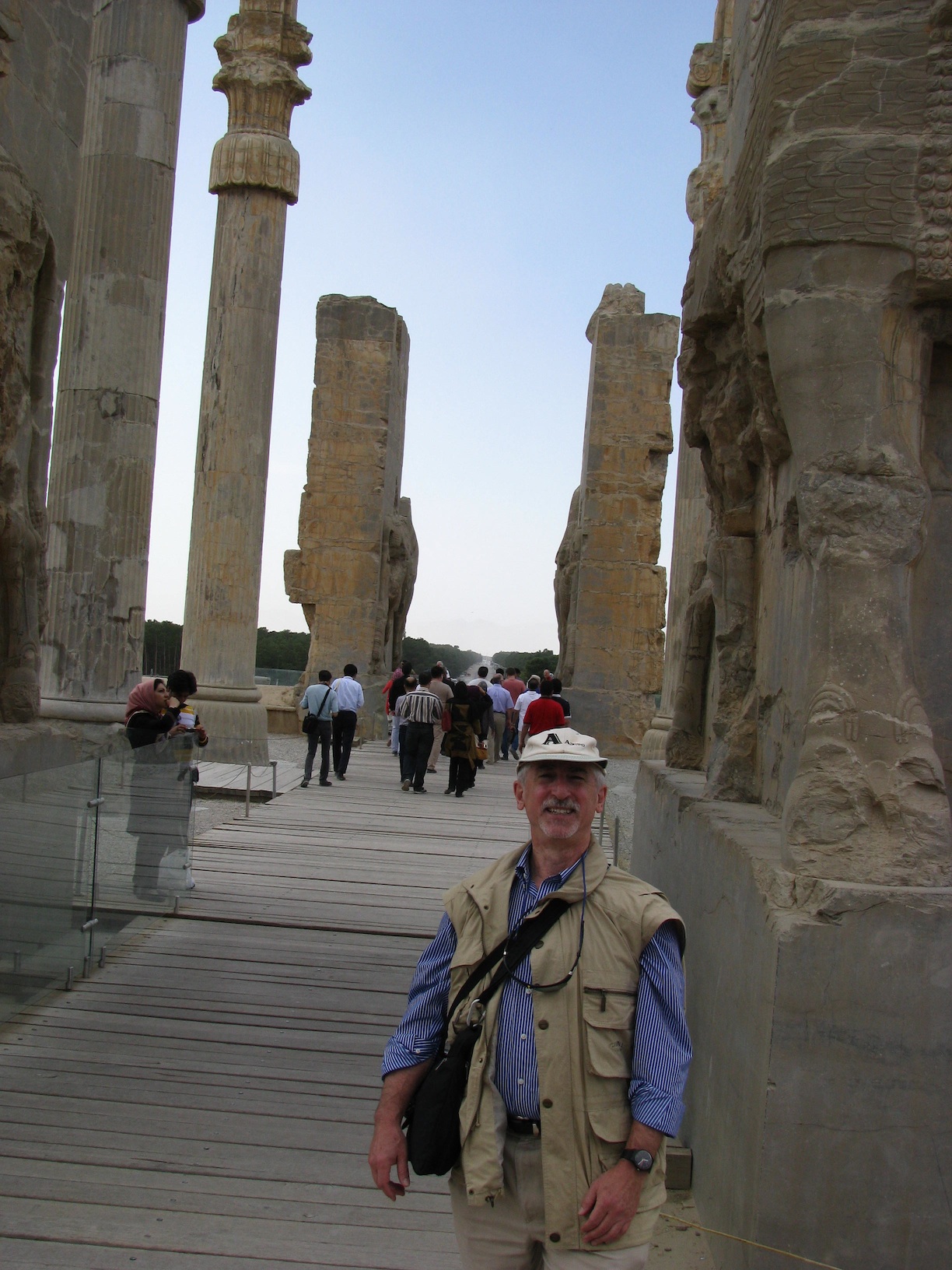I just returned from the Asian Science Park Association
conference in Shiraz, Iran.[1]
One Science Park official asked me, “Companies in our park cannot get any
cooperation from the big petrochemical firms. What can we do?”
Science parks, R&D parks, knowledge-based
industrial parks etc are part of the technopolis-building efforts that I’ve
described here
and here.
They attempt to concentrate technology companies in a metro area for more efficient
supply chains and better informal sharing of information, and put special
emphasis on technology entrepreneurship.
In the entrepreneurial economy we build civic
infrastructure and quality of life so that companies and employees and educated
people will wish to live in the city. We want to build wealth locally. In the
natural resource extraction industry, in contrast, the ethos is to build
temporary settlements – sometimes even just camps.[2]
Drilling and mining companies take away the natural resources, leave the
indigenous population poorer, and leave behind environmental damage.
The table shows the traditional ethos of the entrepreneurial
and the resource extraction economies are antithetical to each other in all
ways. (To be sure, many mining companies now embrace some form of Corporate
Social Responsibility, and resource companies have adopted innovations –
sometimes from entrepreneurial firms – in the areas of IT, mapping and
discovery of deposits, and fracking.)
|
|
Entrepreneurial economy modus operandi |
Resource extraction economy modus operandi |
|
Where the money goes |
Build wealth locally, regionally |
Take profits to distant countries |
|
Where is the value-added |
Build high-knowledge-added products&services |
Locally perform extraction only. No value-added |
|
The environment |
Build high quality of life |
Leave locals to deal with environmental damage |
|
The workforce |
Attract educated workers |
Attract roughneck workers |
|
Infrastructure |
Homes, parks, utilities, schools, cultural institutions |
Temporary housing |
|
Demographics |
Attract families |
Attract young single males |
Everything we do to build an entrepreneurial economy
amounts to nothing but a fly on the ass of the elephant that is the natural
resource extraction/distribution economy, which is hundreds and perhaps
thousands of times bigger than the entrepreneurship economy. 80% of Iran’s
economy comes from oil and gas, making the country particularly susceptible to
the natural resource curse.
Investopedia [3]
defines the 'resource curse' in this way:
A paradoxical situation in which
countries with an abundance of non-renewable resources experience stagnant
growth or even economic contraction. The resource curse occurs as a country
begins to focus all of its energies on a single industry, such as mining, and
neglects other major sectors.
As a result, the nation becomes overly dependent on the price of commodities,
and overall gross domestic product becomes extremely volatile. Additionally,
government corruption often results when proper resource rights and an income
distribution framework is not established in the society, resulting in unfair
regulation of the industry. The resource curse is most often witnessed in
emerging markets following a major natural resource discovery.
[It is] also known as the "paradox of plenty".
 The government commitment to build Science and
The government commitment to build Science and
Technology Parks and advance innovation is admirable. However, the government
must also encourage the mining, oil and gas industries to be creators, not
destroyers. Only then can goals become aligned and communication improve
between the entrepreneurial economy and the resource extraction economy. They
can then cooperate to create a true innovation economy. There are, however,
nearly insuperable big-money politics to overcome before this can be a reality.
Iranians
are proud of their ancient capital, Persepolis, dating from 500 b.c.e. I hope
both the science parks and the oil/gas people wil take inspiration from it, and
think, “What will our descendants 2500 years hence think of what we are
building here today?
Your
correspondent at Persepolis
Almost
Halloween, so a good time for a ‘curse’ story!


